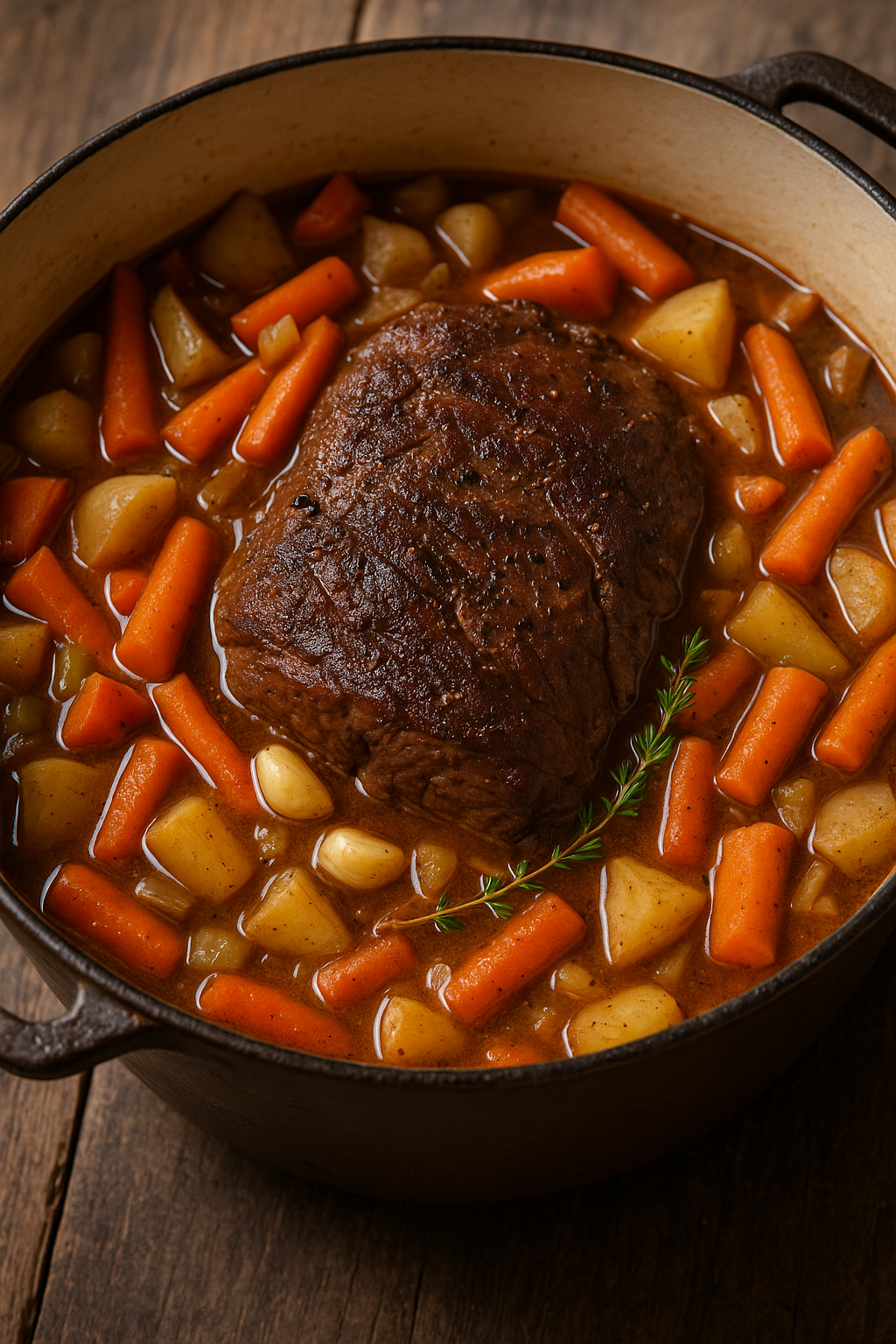Alaskan Adventures ‘25 | Part 1
Season ‘25 | Episode 08
Keep up with us on social media!
@RalphandVicki | @RJandAubrey
Outfitter Information
Renfro’s Alaskan Adventures
Wade Renfro
Phone: (907)543-2261
Email: Logistics@flyrenfros.com
Website: RenfrosAlaskanAdventures.com
-
Weapon: Browning X-Bolt 2
Suppressor: Griffin Armament [Sportsman Ultra Light HD .300 Cal]
Ammo: Browning Ammo .300 Win Mag
Binos / Range Finder: Cabela’s CX Pro HD Rangefinding Binos
Outfit: Cabela’s SHE
Pack: Alps OutdoorZ Packs [Elite System & Waterproof Rifle Case]
Tents: Cabela’s Tents [Alaskan & Instinct Tents]
-
Weapon: Hoyt RX8 Ultra
Arrows: Easton FMJ MAX
Spine: 250
GPI: 11.3
Weight: 446 gr
Flex Fletch Four-Vane
Outsert: 75gr
Head Weight: 100 gr
Binos / Range Finder: Cabela’s CX Pro HD Rangefinding Binos
Outfit: Cabela’s Instinct Line
Pack: Alps OutdoorZ Packs [Elite System & Waterproof Rifle Case]
-
Location: Alaska
Species: Alaskan / Yukon Moose
Sex: Male (Bull)
Average Bull Size
Shoulder Height: ~6.5ft
Weight: 1,200-1,800+
Meat Yield: ~500-600 lbs of Boned Meat
Antler Spread Info
Typical Antler Spread: 50-65 inches
Alaskan Record Antler Spread: 80+ inches
Habitat & Rut
Preferred Zones: Riparian Zones (Willow Thickets, River Bottoms, & Lake Edges)
Peak Rut: Mid-September to Early-October
Bulls get vocal, aggressive, and responsive to calling during this time
Vitals
The vital zone (heart/lungs) is 18-20 inches in diameter.
They’re incredible resilient so shot placement is everything! They can soak up a bullet.
Moose Behavior by Season
Summer: Solitary bulls in feeding mode.
Pre-Rut (Late Aug - Early Sept): Bulls begin sparring.
Peak Rut: Bulls aggressive and responsive.
Post-Rut: Bulls disappear, losing their antlers by Dec - Jan
Meat Care
Meat Care is critical! Even during season, temps can rise to above 60ºF+, with high risk of spoilage.
You must salvage all edible meat, including that from the ribs and neck.
Depending on your local regs, the head & antlers may have to be the final item you pack out, after you pack all the meat out.
Game bags (to avoid dirt and bugs) that breathe well for airflow, tarps (to help avoid dirtying the meat), and hasteful field processing are a few non-negotiables when in the field.
Recipe
Slow Braised Moose Roast
w/ Garlic, Thyme & Root Vegetables
Prep: 20 Minutes | Cook: 3.5-4 Hours | Rest Time: ~30 Minutes |Total Time: ~4.5 Hours
Servings: 4 People
Ingredients:
3-4 lbs Moose Shoulder or Rump Roast
1 tbsp Kosher Salt
1 tsp Black Pepper
2 tbsp Olive Oil or Beef Tallow
1 Large Yellow Onion (Chopped)
5 Garlic Cloves (Smashed)
3 Carrots (Chopped)
2 Parsnips (Chopped)
2 Celery Stalks (Chopped)
4 Medium Yukon Gold Potatoes (Cubed)
2 tbsp Tomato Paste
4 Cups Beef or Game Stock (Unsalted or Low-Sodium)
2 Sprigs Fresh Thyme
2 Bay Leaves
Optional Finishing Touch
1 tbsp Cornstarch & 2 tbsp Water (Slurry for Thickening into Gravy)
Directions:
Sear the Moose
Pat roast dry, season all sides with salt and pepper.
Heat oil or tallow in a dutch oven over medium-high heat.
Sear roast on all sides until browned (2-3 minutes per side). Remove and set aside
Build the Flavor Base
In the same pot, sauté onion, celery, carrots, and parsnips for about 5 minutes
Add smashed garlic and stir for 1 minute.
Stir in tomato paste and cook until darkened slightly (~2 minutes)
Braise the Roast
Return the roast to the pot. Add potatoes, thyme, and bay leaves.
Pour in enough stock to nearly cover the roast.
Bring to a simmer, cover tightly, and transfer to a 325ºF over for 3.5-4 hours until fork-tender.
Finish & Serve
Remove the roast, shred or slice. Discard bay leaves and thyme stems.
Optional: Simmer liquid on stovetop and stir on cornstarch slurry to thicken.
Serve roast and veggies with broth or gravy over the top.
Perfect Pairings
Mashed Potatoes
Cornbread
Wild Rice
Sourdough Slices
Chef Tips
Use Cold Meat for Better Sear
Start with chilled meat. Cold surface = better crust = more flavor during searing.
Don’t Skip the Tomato Paste
Browning the paste adds a subtle sweetness and deepens the umami in the broth — A secret weapon in wild game cooking.
Let It Rest Before Shredding
After removing the roast from the pot, let it rest for 10-15 minutes. This keeps the juices in the meat, not on the cutting board.
Use Yukon Golds Over Russets
Yukon Gold potatoes hold their shape better during long cooking and add a creamy texture that pairs great with moose.
Flavor Boost Without Salt Bombing
If your broth needs a lift at the end, add a splash of Worcestershire suase or a squeeze of lemon — it sharpens the flavor without making it salty.




